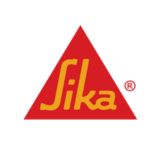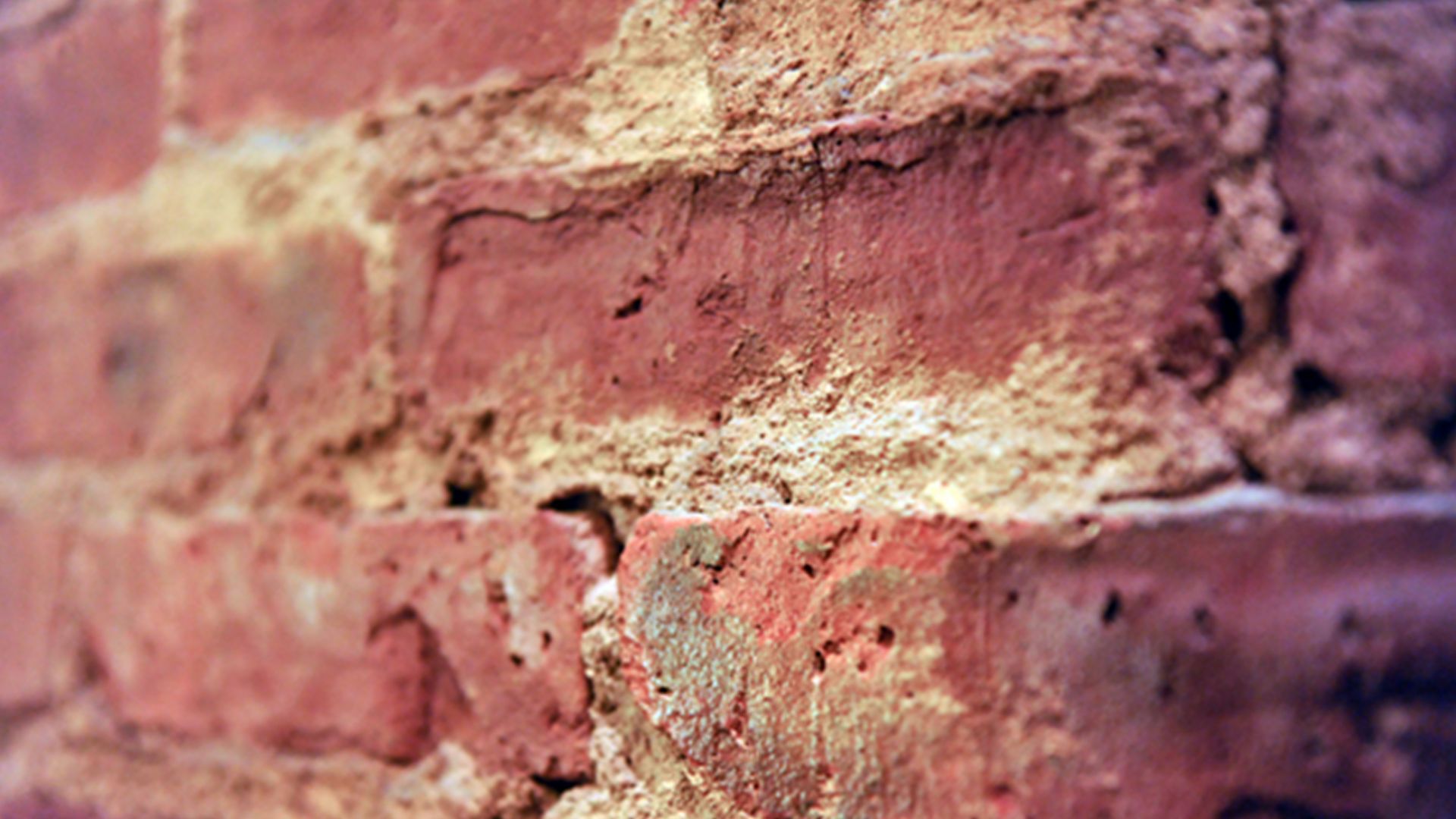THE DIFFERENT TYPES OF BINDERS
The different types of binders are generally formed following the calcination of limestone. Depending on the purity of the limestone and the temperature at which the limestone is calcinated, we obtain different types of binders. Binders are generally classified under two large families:
1. Air binders: hardening in contact with air (carbonation)
2. Hydraulic binders: hardening in a humid environment (hydration)
THOUSANDS OF YEARS AGO
■ PURE LIME
Used for thousands of years, pure lime is the oldest known binder and still used today. Thislime hardens when in contact with carbondioxide (CO2) in the air. This lime is obtained by calcining pure limestone – without trace of clay or silicate – to low temperatures(around 850 C°).This binder is white in colour and provides mortars with properties such as, very good adhesion as well as great flexibility. Since pure lime reacts when in contact with air, this lime offers self-healing properties. A down side to this binder is that it remains soluble in water and that it requires a long maturing period. For this reason, it is very rare today that pure lime is used alone as a binder. Nowadays, it is mainly used with addition of Portland cement.
FROM YEAR 25 BC TO 475 AD
■ NON-NATURAL HYDRAULIC LIME
The use of so-called non-natural hydraulic lime dates back a very long time. It’s mainly pure lime with the addition of a pozzolan – like clay – to provide pure lime with hydraulic properties and thus make the binder less soluble towater. Non-natural hydraulic lime was the type of binder used by Romans for building, among other things, their sanitation system.
FROM ABOUT 1760
■ NATURAL HYDRAULIC LIME
John Smeaton’s work helped to determine that certain limestones, naturally, hardened in contact with water. Higher calcination temperatures in addition to the content in clay or silicate of some limestone makes it possible. Natural hydraulic lime is therefore derived from the calcination of a limestone containing traces of clay and/or silicate. We recognize 3 types of natural lime. Limes NHL 2, NHL 3.5 and NHL 5. It’s the ratio of clay or silicate which will determine if the lime is low hydraulic (NHL 2), moderately hydraulic (NHL 3.5) or eminently hydraulic (NHL 5).
Natural hydraulic limes are known to offer higher compressive strengths than pure lime. In addition, hydraulic limes are more resistant to salts and less water soluble than pure lime.
FROM AROUND 1820
■ NATURAL CEMENT
In North America, when looking for a source for their own natural hydraulic lime, especially for the construction of the Erie Canal in NewYork State, natural cement was discovered. Natural cement is made from limestone containing a high percentage of clay (30%and more).
Widely used at the end of the 19th century,natural cement produced in America is generally ocher in colour which is different then the natural cement produced in Europe which is light yellow in colour.
Projects such as the pillars of the Brooklyn Bridge, the base of the Statue of Liberty, or the Washington Monument all utilized natural cement in their construction. Therefore, if restoring masonry built after 1820 and the mortar is ocher in colour, chances are the original binder was natural cement.
Mortars made from natural cement develop their compressive strengths faster and offer higher compressive strengths than those made from hydraulic lime.
FROM 1920
■ PORTLAND CEMENT
Although patented in 1824, its was arguably around 1920 that Portland cement surpassed other binders in mortar. Portland cement was added to pure lime to give it hydraulicity and therefore, a faster curing time. Portland cement is the first binder, which is not found in its natural state, to have been used in the composition of mortars.
Since it was first commercialized in the early 1920’s up to the present day, Portland cement has had a lot of modifications. The way Portland cement is produced has significantly changed the physcial proporties of the binder so much that the only thing left in common between the first Portland cement and mordern Portland cement, is the name.
Portland cement offers very high compressive strenght, low vapour permeability and not enough flexibility for this type of work. Therefore the use of portland cement when restoring a historical building should only be considered as a last resort.
FROM THE SECOND WORLD WAR
■ MASONRY CEMENT
Masonry cement is the first binder marketed that does not contain lime. It is essentially made of Portland cement, limestone dust and other additives that are selected to replicate the workability that comes naturally with pure lime. The use of masonry cement in restoration projects should be avoided as it has similar physical properties to Portland cement and could cause irreversible damage to the building envelope.
*The various descriptions published are for information purposes only. The basis of this document is to educate the reader with the detailed descriptions without presenting itself as complete and absolute truths.
The dates and characteristics of the binders mentioned above are meant as a guide for the reader. We are conscious of the fact that there are specific features to each of the binders. All of the dates provided are given as information on the history of binders available in Canada.

